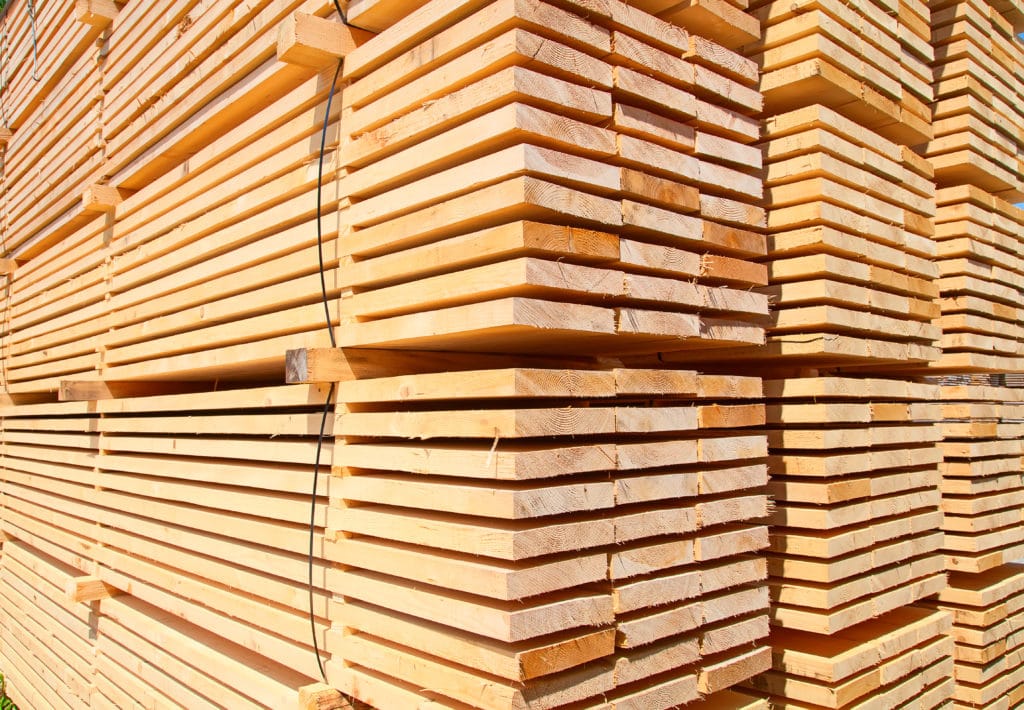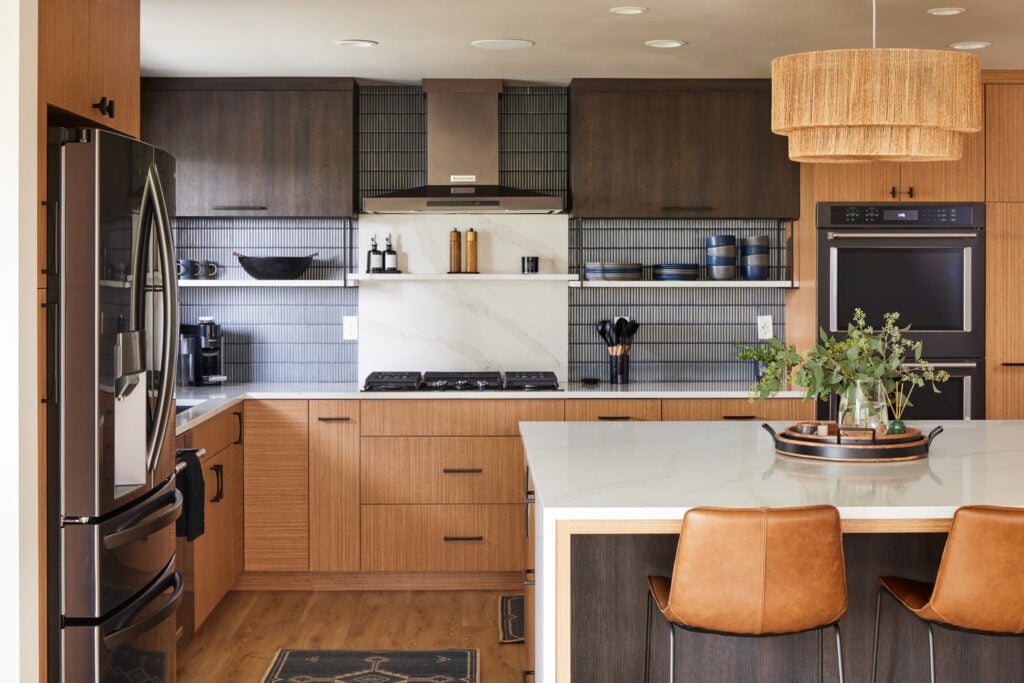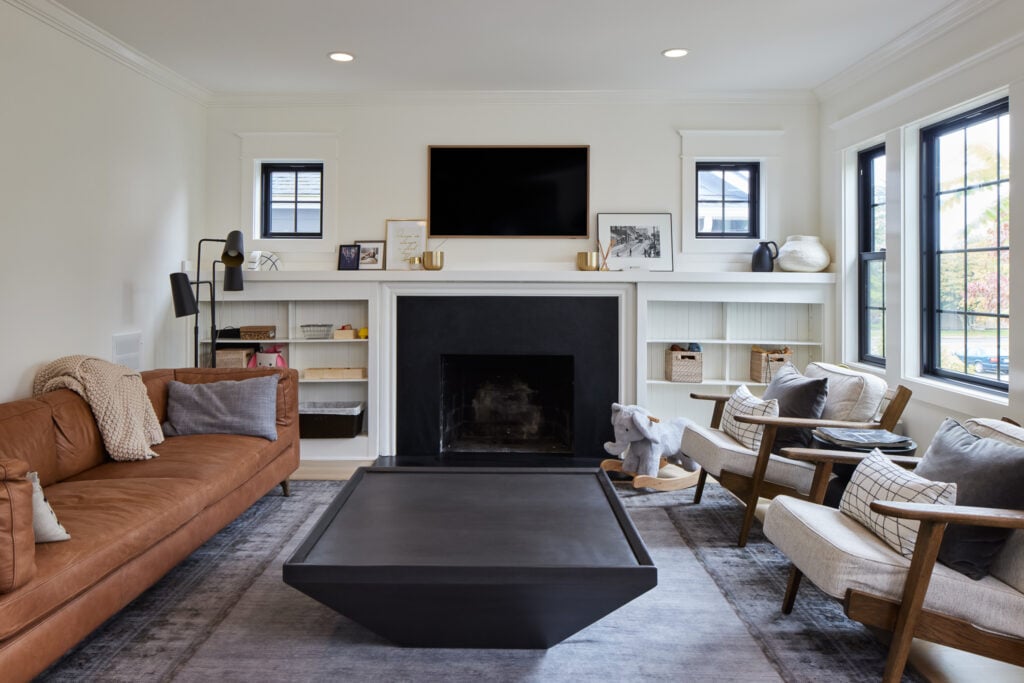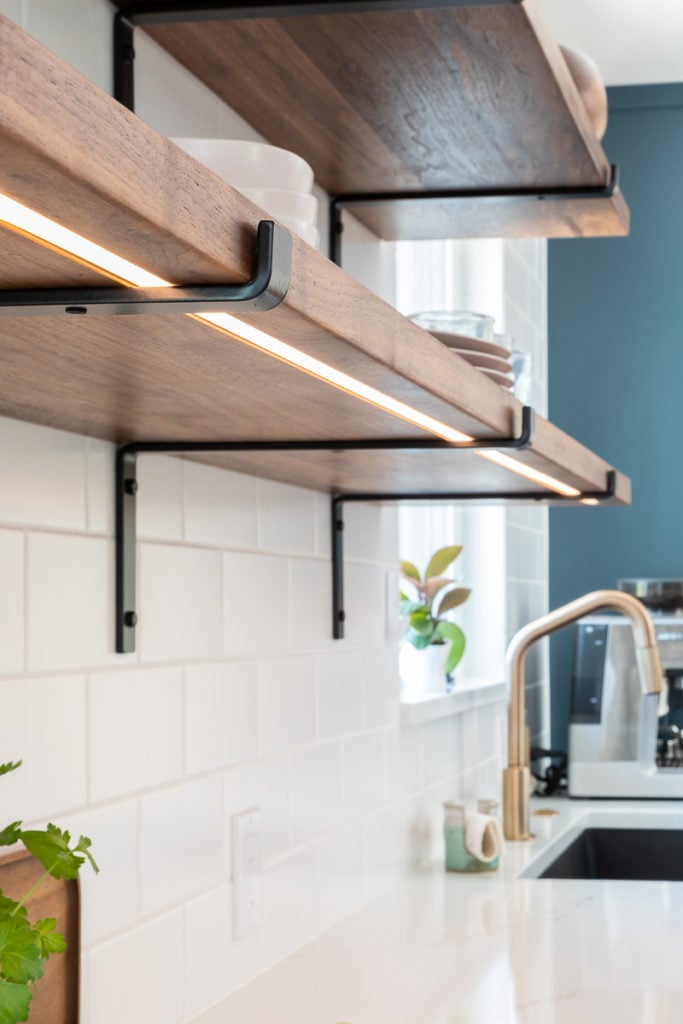It’s all over the news: rising lumber prices, shipping delays and a $35,000 increase to the cost of new homes. When the pandemic started last year, most people assumed a downturn in construction was a given, but an unexpected outcome of people being stuck at home was the huge increase in home buying and home remodeling projects. Lumber and other construction supplies are no longer keeping up with demand, and it’s having serious repercussions for the home remodeling industry.
It’s always our goal to be as honest and transparent as possible with our clients, so we’re sharing this Q&A with various members of the Model Remodel team, to shine some light on this critical topic. Understanding the factors that affect remodeling costs will help you determine when it’s the right time for you to start a home project. Read on to learn more about the reason behind rising construction costs and how it could affect your project’s bottom line.
Why are lumber and construction costs skyrocketing?
Initially, lumber mills braced for a recession by lowering production and easing output. Then, COVID-19 quarantining and outbreaks led to further staffing reductions. Mills and factories were, and have been, running on limited capacity, which means less product in the marketplace.
At the same time, supply and demand has been out of balance. So many people have been stuck at home dreaming of new use for their spaces. Homeowners finally had the time, or saved up enough money by staying in, to ‘press play’ on their home remodeling projects. Demand has been unbelievably high.
And it’s not just framing lumber. We’re seeing the same shortages and cost increases across many different areas, like simple Oak hardwood flooring, for example. In addition, windows, fiberglass, and plastic resin cost increases are all still rebounding from the Texas shutdown.
Our hardwood flooring subcontractors recently told me the cost of their sandpaper doubled. It’s something seemingly small, but they use a lot of on a daily basis. Drywall subcontractors are saying there might be a shortage of drywall, and to brace for a possible 30% increase in cost. All these little things add up. It’s our job as a design-build contractor to plan for them and be as honest as possible with our clients as things constantly change.
– Jason Legat, Founder & President
What’s an example of how rising lumber costs affects a remodeling budget?
Many, many construction materials have essentially doubled in cost over the past year. The manpower needs for forestry being higher than other building materials, combined with increasing forestry regulations, is likely contributing to the even steeper rise in lumber costs.
Here are some examples that illustrate the increases we’re seeing:
- The price of a standard 8ft “2×4” went from under $3, to somewhere around $5 in 2020, to a staggering $11 per piece in 2021.
- Plywood used to cost around $15 per sheet, and is now closer to $60.
- Composite decking was $3 per lineal foot, and has since double to $6.
For a remodeling project that is lumber-heavy, like a deck rebuild or 2nd story addition, that translates to 50-60% more in material costs than last year.
– Julia Griffin, Client Services
Is there any way around the increase? How can I keep my project budget from ballooning?
We prefer frank honestly with our clients, so when it comes to lumber costs in particular the answer is: no. Prices are what they are right now, and we have to estimate our project based on today’s cost. Homeowners should be prepared to make much larger investments in framing lumber, trusses, plywood and all other lumber.
As a homeowner, you may need to sign a contract much earlier than usual so your builder can begin sourcing the materials needed for your project. You may be required to pay bigger deposits and be flexible when additional price changes arise. You’ll also need to make decisions sooner. Some kitchen appliances are literally not being built until they are ordered, so you’ll need to be confident in your design decisions so your contractor can order your selections as soon as possible before any further increases.
– Royal Dumo, Client Services Manager & Estimator
Will lumber and construction prices go down any time soon?
The answer is: only time will tell. Eventually production will catch up to demand, but there’s certainly no guarantee that pricing is going to make its way back down to pre-pandemic levels.
Lumber is a commodity traded on the Chicago Mercantile Exchange. The general feeling of the U.S. market is that we are headed into a period of inflation, which will affect every consumer product—lumber being no exception. It’s possible the price of lumber still has room to rise, but many experts are saying we can expect wood prices to stabilize at the end of next year. That’s a ways away, and it’s unlikely prices will go down dramatically considering the volume of demand.
– Ken Pearson, Project Manager
Are shipping delays still an issue?
Absolutely, yes. Supply chains are stretched to their limits.
It’s my job to order the majority of the finishes for our project, and I’m seeing delays across the board. A lot of lighting is backordered, sometimes as far out as 6 months. Things from Asia are still really backordered, too. Tile manufacturers are having trouble keeping tile in stock, requiring us to have to get more creative with sourcing and shop around, due to supply and demand. Manufacturers and sellers are at an advantage, because demand is so high, and are constantly raising prices.
As soon as a homeowner signs a contract with us, I get to work sourcing their selections immediately. We have to keep our finger on the pulse right now. The only way to be efficient is to order everything for a project as soon as possible, and communicate with our clients regularly to confirm their choices.
– Kris Shaw, Project Manager Associate
What is your recommendation to homeowners eyeing a 2021 remodeling project?
In choosing your builder, look for a company that has a system—a formality about their work. They should have a network, formal accounts with vendors and the ability to forecast these industry changes that have become the new norm. A seasoned contractor will be up-to-date on pricing and stay ahead of pricing changes as best they can.
Also choose a builder you feel is honest. You’ll want to have an honest conversation with your builder about what costs are, what the potential for increase is and what your project timeline might look like.
If you’ve been wanting a new deck, for example, we’re going to have a very honest conversation about which parts of the project are going to cost significantly more than normal and which are unaffected. Lumber might be 50-60% more expensive, but landscaping thus far has remained relatively unaffected. An experienced contractor may present you with a 2nd option for a paver patio, for example, at a potentially lower cost, so you can decide what’s best for your home and personal finances.
If you have a large project with trusses—upper floor additions or new construction—you’re not building in 2021. These building blocks for these large projects are currently over 4 months out, at a minimum. We’ll help you determine a realistic timeline and budget for these larger projects, but regardless of your project size you need to be flexible as a homeowner during these times.
– Royal Dumo, Client Services Manager & Estimator






